49 Days From Today
To find the date 49 days from today, simply add 49 days to the current date. This is helpful for planning events, setting deadlines, or managing schedules in the future.
To find the date 49 days from today, simply add 49 days to the current date. This is helpful for planning events, setting deadlines, or managing schedules in the future.
The 49 Days from Today Calculator is a simple yet useful tool that allows users to determine the exact date 49 days into the future.
Importantly, knowing this date helps with a wide variety of scheduling needs, from project deadlines to personal plans, making it easier to manage time and stay organized.
| Variable | Description |
|---|---|
| Today’s Date | The current date |
| Number of Days | Number of days to add (49 days in this case) |
| Future Date | Resulting date after adding the days |
Example 1:
If today’s date is October 24, 2024, calculate the date 49 days from today.
| Step | Calculation |
|---|---|
| 1. | Add 49 days to October 24, 2024 |
| 2. | Answer: December 12, 2024 |
Example 2:
For a future calculation where today is January 1, 2025, find the date 49 days later.
| Step | Calculation |
|---|---|
| 1. | Add 49 days to January 1, 2025 |
| 2. | Answer: February 19, 2025 |
The 49 days from today calculator enables you to identify the exact date in the future. Besides that, this calculation is useful for planning events, deadlines, or personal milestones. Simply, this basic date calculation can be performed with a date calculator, which quickly provides the day and date 49 days ahead. Generally, 49 days is equivalent to about 7 weeks, making it easy to track timelines in weekly intervals.
Accordingly, using an online date calculator, you can find what day it will be 49 days from now, whether you’re tracking a goal, organizing tasks, or simply curious. Additionally, similar calculations like 56 days or 60 days from today can help in planning projects over extended periods.
At the end, knowing the date 49 days from today is valuable for organizing time-sensitive activities. This simple calculation ensures effective planning, whether for personal, academic, or business purposes.
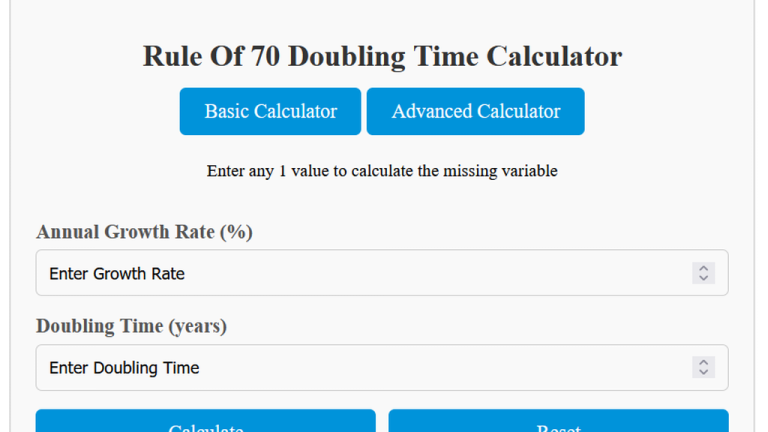
To calculate doubling time using the Rule of 70, divide 70 by the growth rate (r) of the population or variable. The Rule of 70 is a simple and widely-used formula to calculate the time it takes for a quantity to double given a constant growth rate. In essence, this rule is used in fields…
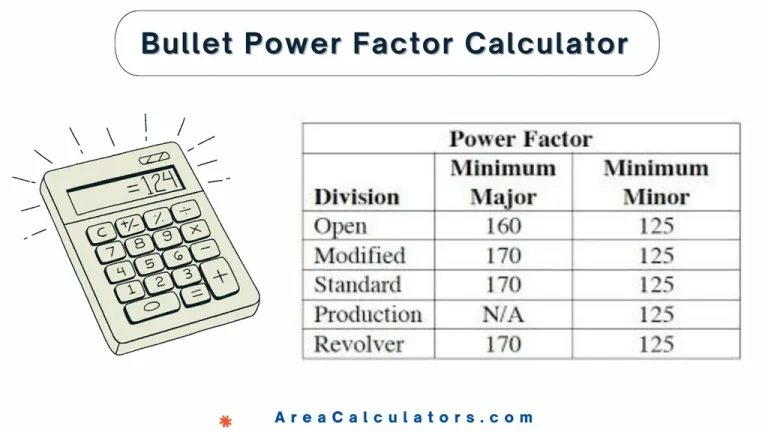
To find the power factor of a bullet, multiply the bullet weight (BW) by its velocity (P), and then divide by 1,000. This helps shooters assess bullet impact and adherence to shooting standards. In shooting sports, the bullet power factor is a measure of a bullet’s impact or performance. It’s commonly used in competitions like…
Multiply the 1/8 mile time by a conversion factor (CF) to estimate the 1/4 mile time. The 1/4 Mile to 1/8 Mile Time Calculator estimates your 1/4 mile drag race time based on your 1/8 mile time. Drag racers use this tool to predict performance over a full quarter mile using their shorter 1/8 mile…
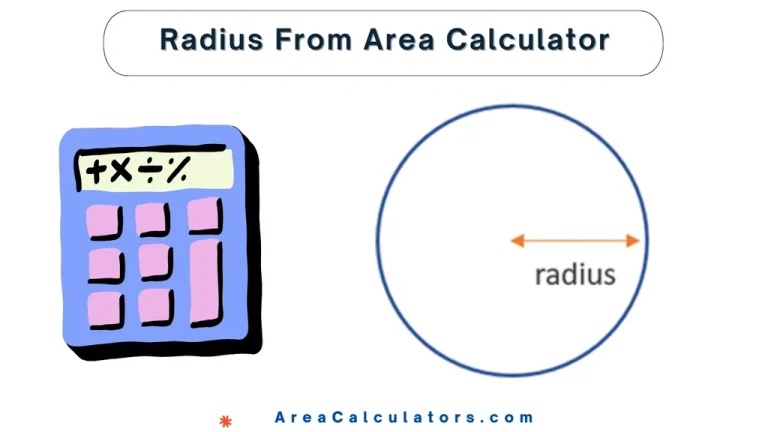
To calculate the radius of a circle from its area, divide the area (A) by pi (π), then take the square root of the result. This gives you the radius in the same unit as the area. Radius from Area Calculator Area of Circle (sq units): Calculate Radius Formula: r = √(A / π) A…
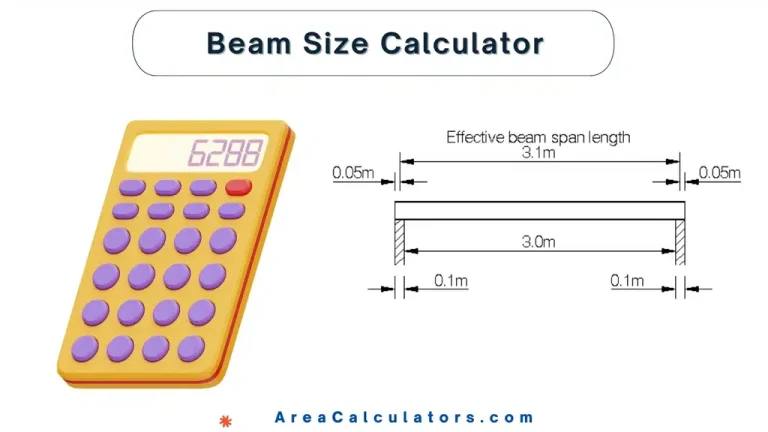
First, find the bending moment (M) that the beam needs to handle. Then, multiply this by 6 and take the cube root of the result. This will give you the correct height of the beam for your project. A beam size calculator is a helpful tool used in construction to determine the correct beam dimensions…
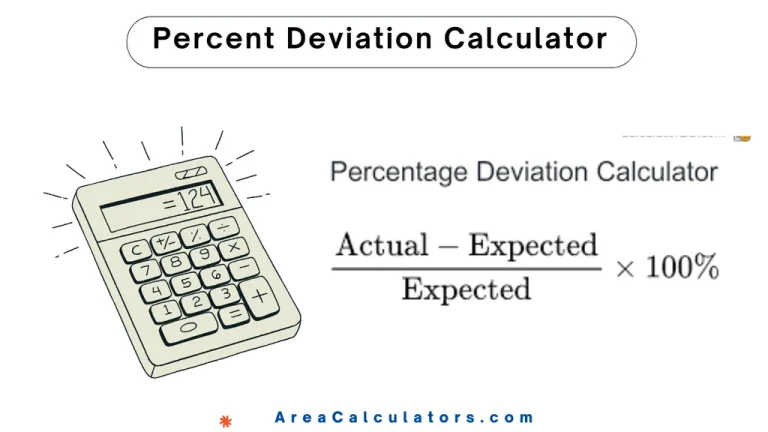
To find the percent deviation, subtract the theoretical value from the measured value, divide by the theoretical value, and multiply by 100 to get the percentage. The Percent Deviation Calculator is used to calculate the percentage difference between an observed or measured value and an expected or theoretical value. Widely used in scientific and statistical…